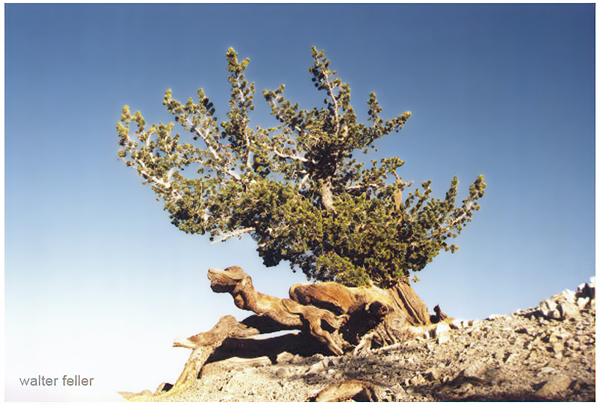/a/baden-powell/lp1.html

Limber pine (Pinus flexilis) is a species of pine tree that is native to western North America, particularly the Rocky Mountains and surrounding areas. It is known for its adaptability to harsh mountainous environments and its distinctive characteristics. Here’s some information about limber pine trees:
Physical Characteristics:
Limber Pine
Limber pine is a slow-growing, long-lived species that can take several hundred years to reach maturity. Mature trees can live over 1000 years old. Although Limber pine stands tend to be even-aged, populations also occur in uneven-aged stands and on very harsh sites as widely spaced, isolated individuals. Most trees grow irregularly or in a multi-stemmed form and rarely reach more than 50 feet (15 meters). In high elevations, they sometimes develop krummholz (stunted, twisted shrubs due to wind exposure). Trunks can reach a diameter of 6.5 feet (2 meters). This species is cold- and drought-tolerant. The trees are ectomycorrhizal, have deep taproots, and are very wind-resistant. Limber pine has thin bark.
The needles of limber pine trees are arranged in bundles of five, and they are flexible, giving the tree its common name, “limber.”
The tree’s bark is often scaly and furrowed, varying in color from gray to reddish-brown.
Cone and Seed Production:
Limber pine trees produce both male and female cones. Female cones are larger and take about two years to mature.
The seeds of limber pine trees are large and winged, and they serve as a crucial food source for various wildlife, including birds, squirrels, and bears.
Limber pine trees have a serotinous cone adaptation, meaning their cones remain closed and require the intense heat of a fire to open and release seeds.
This helps the species regenerate after wildfires.
Adaptation:
Limber pine is well-adapted to high-elevation, cold, and windy mountain environments. It can thrive in poor soils and withstand extreme temperature fluctuations.
These trees have a deep root system that helps them access water and nutrients in rocky and challenging soils.
Conservation:
Limber pine trees are vulnerable to various threats, including mountain pine beetle infestations and white pine blister rust, which is a fungal disease.
Conservation efforts are in place to protect and restore limber pine populations. These efforts include monitoring for disease, maintaining genetic diversity, and conducting controlled burns to promote regeneration.
Ecological Significance:
Limber pine trees play a critical role in mountain ecosystems by providing habitat and food for various wildlife species.
The seeds of limber pine are an essential food source for Clark’s nutcrackers, a type of bird. These birds play a role in seed dispersal, helping to regenerate limber pine populations.
Recreational Use:
Limber pine forests are popular among hikers, campers, and outdoor enthusiasts, as they often grow in scenic mountain environments. These forests provide habitat and shade for recreation.
Limber pine trees are an important and iconic component of the mountain ecosystems in western North America. Their adaptability to challenging environments and their role in providing food and habitat for wildlife make them a valuable part of these ecosystems. Conservation efforts are crucial to ensuring the continued health and resilience of limber pine populations in the face of various threats, including disease and climate change.